What kind of coffee is Sidamo? Is Sidamo Sakura black coffee? introduction to the varieties of Sakura coffee beans in the producing area.
What kind of coffee is Sidamo? Qianjie believes: in the real sense, Sidamo is not coffee, it is a boutique coffee producing area in Ethiopia. On the other hand, most of the coffee in Ethiopia is named after the coffee producing area, so it is also called Sidamo coffee. For example: the most famous is Sidamo Sakuran Coffee. Sidamo, like Yega Xuefei, has long been world-famous. In some coffee competitions on the international stage, the name of the Sidamo producing area often appears at the top of the list of winners. In recent years, the Sidamo producing area is on the list in the competition of raw coffee beans such as COE and TOH.
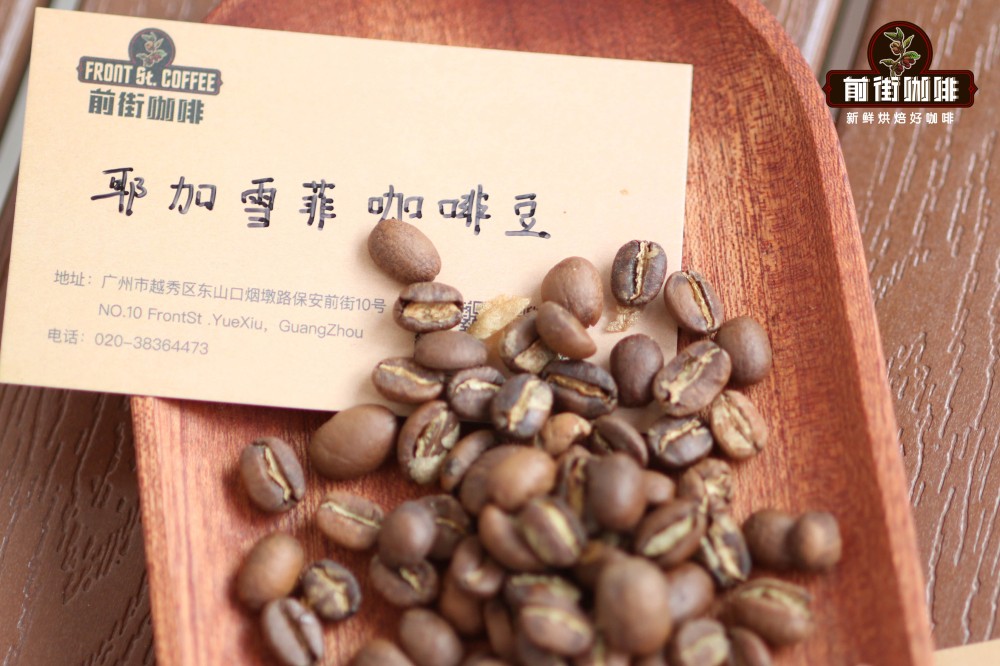
Ethiopia is the hometown of Arabica coffee, and it is in the forests of the Kaffa region that you can see wild Arabica coffee. In Ethiopian, "in Ethiopian, coffee is called" Bun "or" Buna ", and coffee beans (coffeebean) may be translated from" Kaffa Bun ". Arabica coffee has long been found in the Harald area, probably from the Kafa forest. In Ethiopia, coffee production is both the labor of most people and an important source of income, and coffee is also integrated into the culture and economy of the country.
Sidamo producing area
Sidamo, like Yega Xuefei, is the most famous boutique coffee producing area in Ethiopia. The Yega Xuefei producing area is mainly washed, while the Sidamo producing area is mainly solarization. The Sidamo producing area, which is 1400-2200 meters above sea level, is a famous boutique coffee area in southern Ethiopia, bordering Kenya. Among them, the most famous coffee growing areas in Sidamo are GUji and West Arsi. Most of the coffee beans in the Sidamo area are treated by the sun treatment. Qianjie believes that the sun treatment makes the coffee beans in the Sidamo area have a strong fruity aroma and smooth taste. The washed Sidamo is light green, the beans are small, the growth is oval, the fruit is full, the average quality is good, the smell is fragrant and mellow, a drop of entrance, endless aftertaste, with wild beauty.
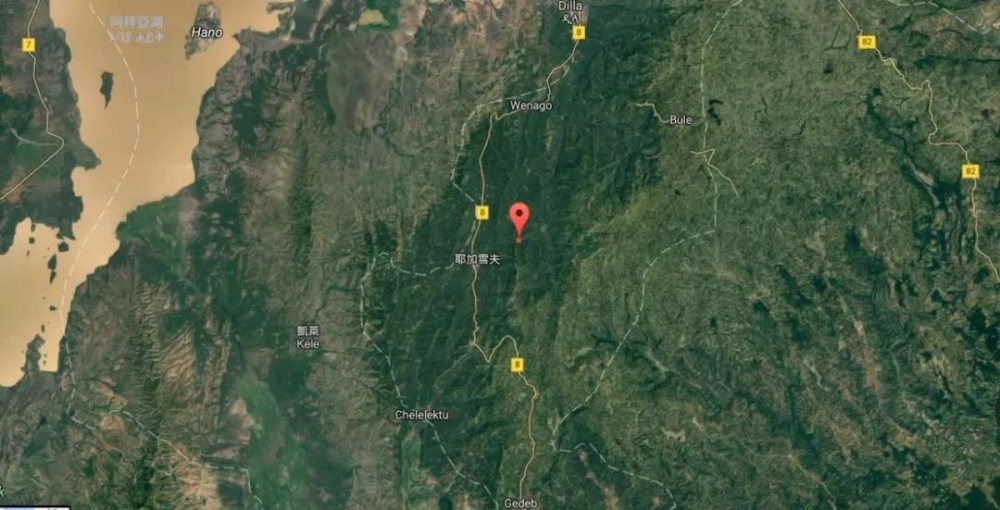
In 2010, Murray 2012, it continuously obtained the high score of CR92--94, the authoritative coffee evaluation website in the United States, which shows the remarkable performance of raw beans in this producing area. The coffee in Sidamo has a variety of flavors. Different types of soil, microclimate and countless native coffee species, the territory towering mountains, highlands, plateaus, valleys and plains, terrain diversity. The geology of the area belongs to fertile, well-drained volcanic soil with a depth of nearly two meters and a dark brown or brown surface soil. The biggest advantage of the area is that the soil fertility is maintained through the circulation of organic matter, using the withered leaves of the surrounding trees or the residual roots of the plants as fertilizer. Unlike ordinary African coffee, Sidamo has clear acidity, smooth taste and delicate floral smell.
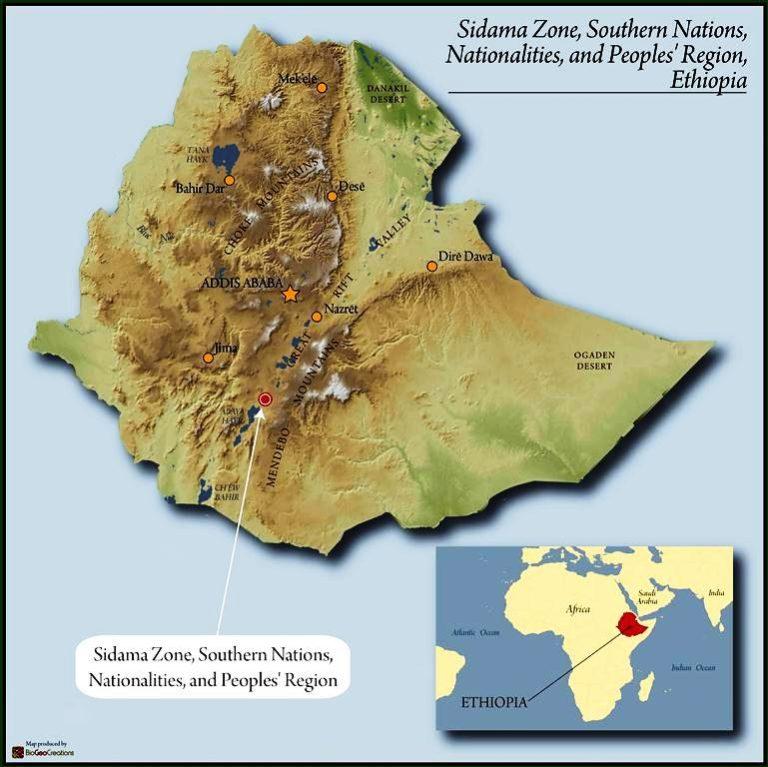
Because Ethiopia has obvious changes in topography and altitude, and there are various varieties and unclassified native species, the Ethiopian producing areas vary greatly. The cup flavor profiles of coffee produced by each producing area, micro-producing area and even farm are also very different. As a result, coffee buyers tend to base their purchases on producing areas, elevations and cup scores, rather than using varieties to distinguish Ethiopian coffee. Because of this, Qianjie bought more than a dozen coffee beans from Ethiopia, mainly from the producing areas of Yegashifi and Sidamo.
Guji producing area
The most representative of Sidamo producing area is Sakui Coffee. And Huakui Coffee comes from the Guji producing area of Cedar Mohambela. The Guji producing area, which once belonged to the Sidamo producing area, has been independent into a new producing area by the Ethiopian Commodity Exchange (ECX) in 2010. The Guji producing area, located in the southeast of Yejasuffi, is an area with complex topographical changes such as towering mountains, valleys and plains. The geology of this area belongs to the nutrient-rich black soil (Vertisol), the depth of the soil is nearly two meters, and the average elevation is more than 1800 meters. The significant temperature difference between day and night created by geographical characteristics makes the local area have various local conditions for producing high-quality coffee.
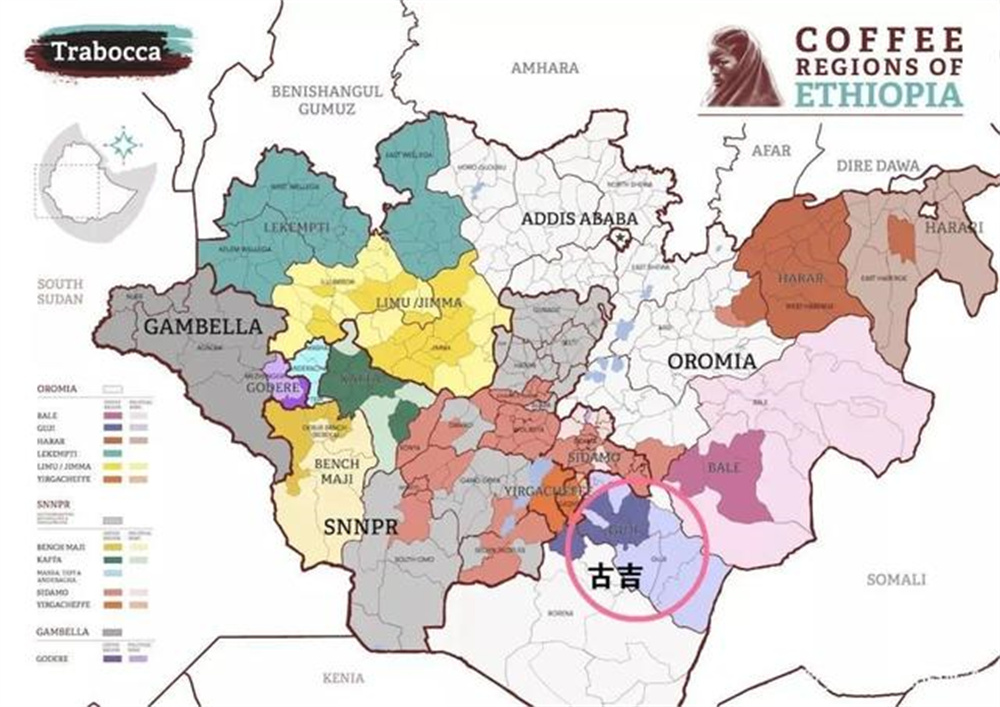
What is Huakui coffee?
The name of Huakui coffee is so beautiful, such as: the head of a hundred flowers. Huakui coffee beans were originally called Humbela, and one of them was named by domestic raw bean merchants. Sakuran beans are from Hambella, located in Guji, Ethiopia's largest coffee producing region, and are administered by the state of Oromia. The west of Humbera faces the mountains of Yega Fichier. The two producing areas are separated by a highland with an elevation of 3200 meters and a width of about 30 kilometers, and are bordered by Shakiso, Uraja and Kolasha in Guji in the east and south, respectively. It is the highest coffee producing area in Ethiopia.
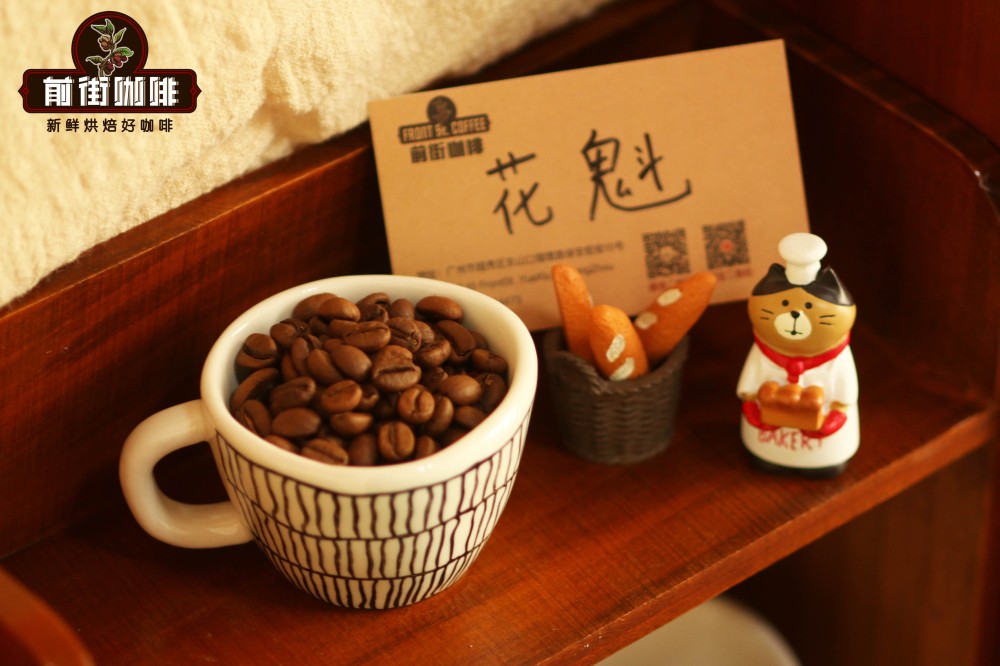
At present, there are nearly 20 processing plants of various sizes in Humbela production area. In 2017, Ethiopia's DW Raw Bean Company sent their coffee beans to the TOH (the Taste Of Harvest) Raw Bean Competition hosted by the African Coffee Association, and a sun batch from the "Buku Abel" processing plant won the TOH Ethiopia championship with its strong strawberry and cream aroma. At that time, this batch of raw beans was introduced to China by Hongshun, a raw bean trader in Beijing. in the same year, Li Jianfei used this bean to win the runner-up in China in the 17-year World Cooking Competition. This Ethiopian bean stands out among the many rosy summer beans, so it is named "Sakuran". Rosa Geisha means geisha in Japanese, and Hua Kui means the head of a geisha to show the excellence of this bean. )
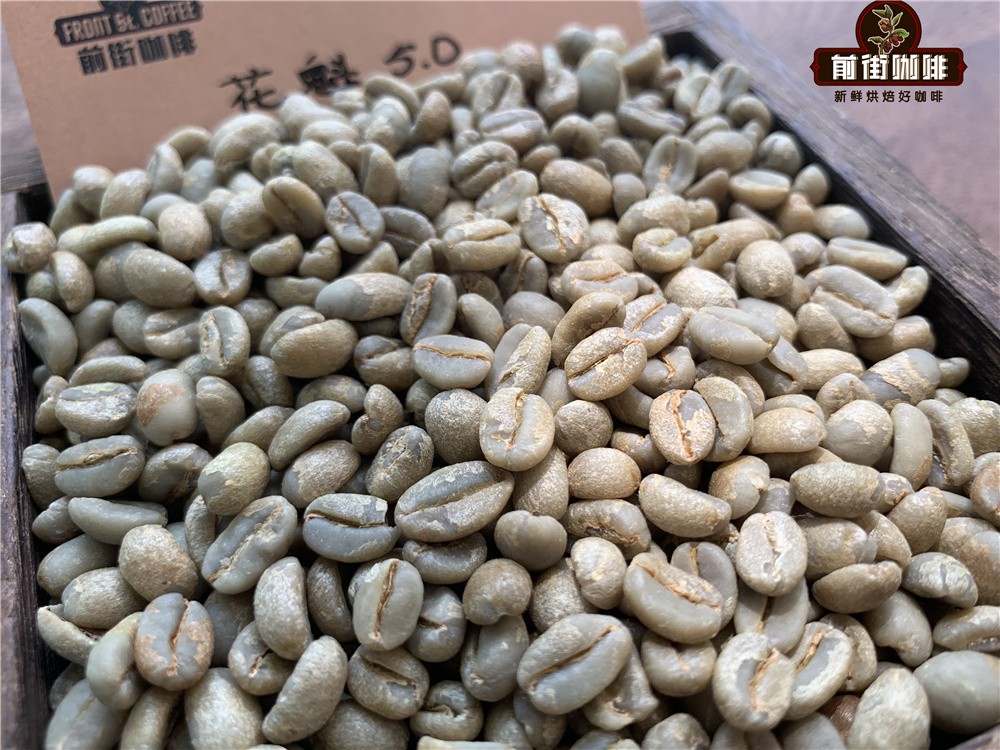
Subsequently, DW added processing plants in Dimtu, the core production area of Hambella, namely "Buku Abel", "Buku Saysay", "Haro Soresa" and "Tirtiro Goye", with an annual output of about 1100 tons of coffee. In terms of planting areas and processing plants, of all these estates and processing plants, only those from the "Buku Abel" processing plant cover the small producing area of sun-cured coffee beans. In other words, only the sun-cured coffee beans produced and processed by Buku Abel can be called "Sakuran".
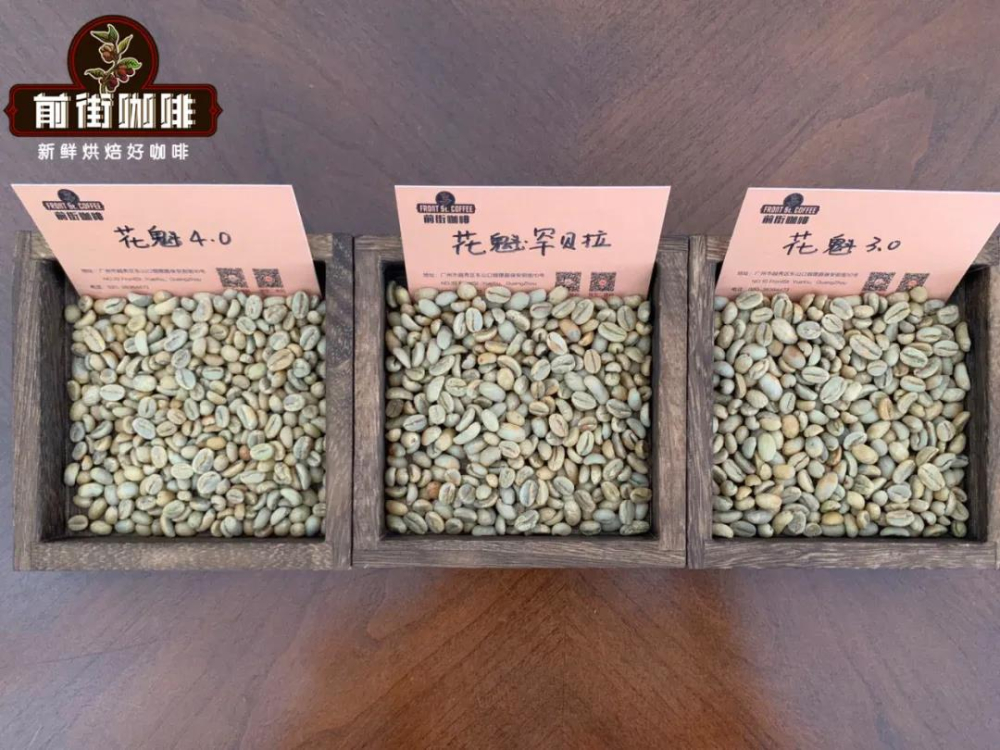
The place where Huakui is planted is at a high altitude of more than 2000 meters, and the coffee tree is surrounded by tropical plants such as sugar cane and bananas to provide proper shade. Coffee is also a kind of crop, which naturally has a direct relationship with the climate and environment, so the flavor will be a little different from year to year. The naming of Sakui X.0 is based on the year. It launched Sakui 2.0 in 2018, Sakuran 3.0 and 3.1 in 2019, Sakui 4.0 in 2020, Sakui 5.0 in 2021 and Sakui 6.0 in 2022. And now Sakui 7.0 also beckons to us, although we do not know how the flavor of Sakui 7.0 will be, but the main tone of Sakui will not change.
Coffee varieties of Huakui
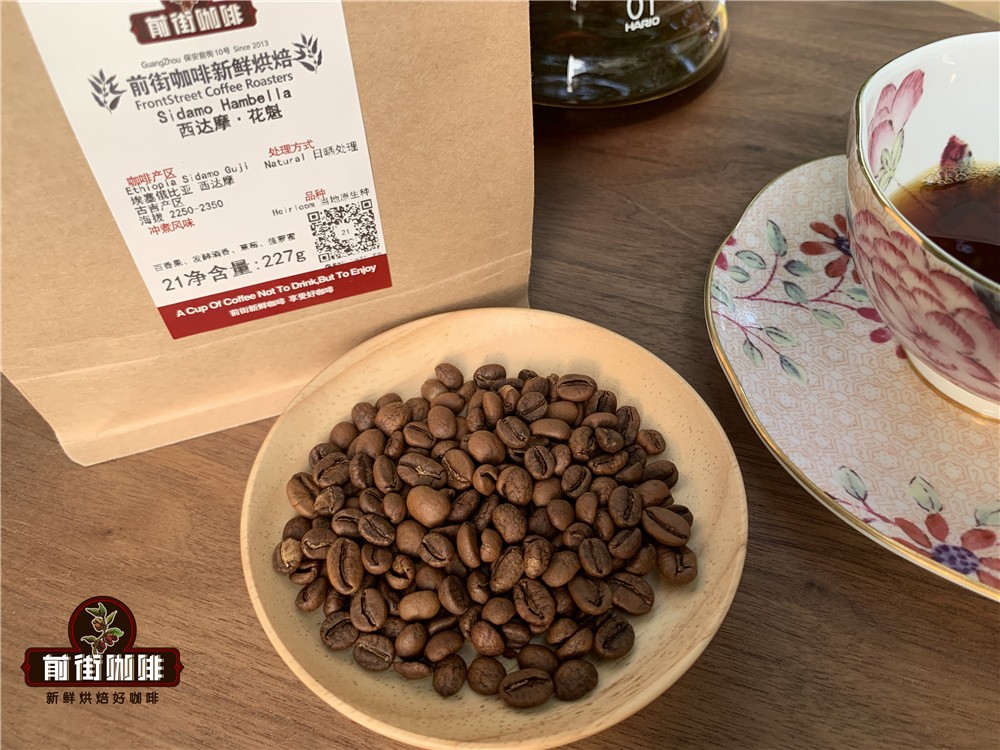
Ethiopia, as the birthplace of coffee, has a large number of coffee varieties, whether unknown or known, Ethiopia is like a treasure trove of varieties. There are still many species that have not been discovered, and of course, the Ethiopian government keeps the genetic information of the species secret, so it is collectively referred to as the local native species. So the variety of Huakui 5.0 is also native to the region.
The treatment of Sidamo Coffee beans
Yejasefei coffee is treated with water, but in fact, Yejassefi's treatment is traditional sun treatment. At present, Ethiopian sun treatment accounts for more than 70% of coffee beans. The coffee beans in the Sidamo coffee producing area are mainly insolated.
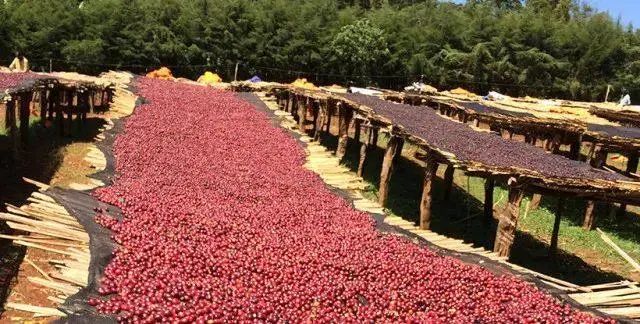
Sun treatment is one of the oldest and most classic treatments. the steps of sun treatment are simpler than other treatments. The coffee fruit will be dried in the sun for several weeks. When the moisture content of the coffee is reduced to about 11%, the peel and pulp of the coffee fruit can be removed by machine, and then stored in the warehouse waiting for export.
Sidamo Coffee beans are grayish, thick in some places and small in others, with soft and strong acidity, mellow and sweet and spicy. It is one of the courtyard coffees in the highlands of southern Ethiopia. Unlike ordinary African coffee, Sidamo has clear acidity, smooth taste and delicate floral smell.
Parameters for brewing sunflower kui coffee in Qianjie:
As a light baked Yejia Xuefei, Qianjie chose: V60 filter cup, water temperature 90 ℃, water powder ratio 1:15, powder quantity 15g, grindability (China 20 standard sieve pass rate 80%)
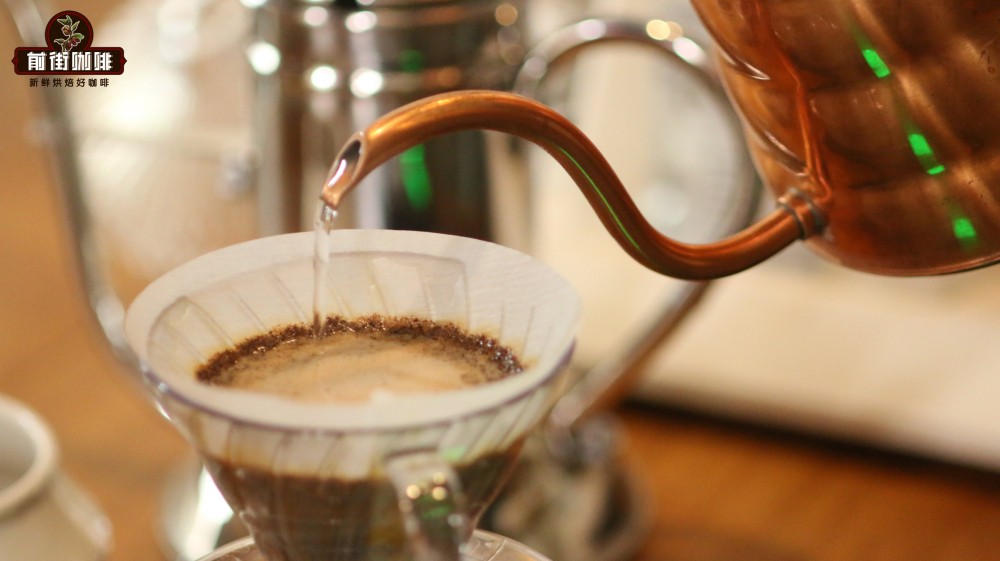
The use of segmented extraction, with twice the amount of coffee powder water for steaming, that is, 30 grams of water for 30 seconds, and the reason for the need for steaming process is to make coffee powder can discharge the internal carbon dioxide gas, so that the latter stage of the extraction is better stable. When the small water is injected around the circle to 125 grams, the injection will be stopped until 225 grams, then the filter cup will be removed after the dripping of the filter cup, and the extraction time will be 2 minutes 39 grams. Next, pick up and shake the whole cup of coffee, then pour it into the cup and taste it.
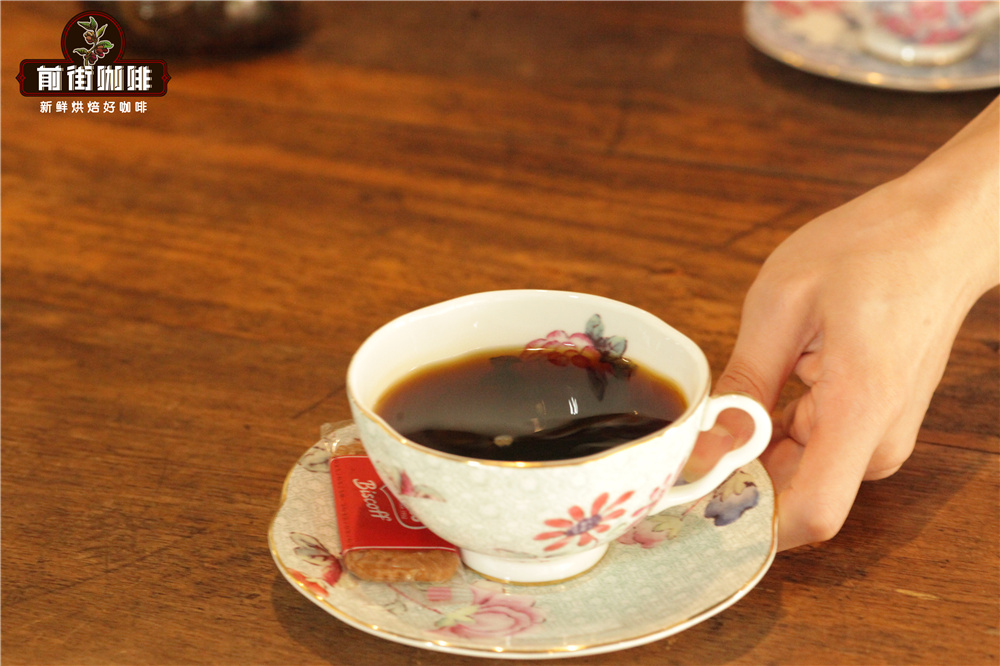
[sunny Huakui 5.0 coffee flavor] Flower and fruit aroma is very obvious, citrus, passion fruit, strawberry, oolong tea, have a high sense of sweetness.
Suggestions for making coffee in front of the street:
The above is the introduction of the three original varieties of coffee. No matter what kind of coffee is brewed, Qianjie has always believed that the freshness of coffee beans has a great relationship with the flavor of coffee. Therefore, the coffee beans shipped from Qianjie coffee are all roasted within 5 days. The purpose of Qianjie roasting is "freshly roasted coffee", so that every guest who places an order is the freshest coffee when he receives it. The bean cultivation period of coffee is about 4-7 days, so when the guest gets it, it is the time when the flavor is the best.
For those who need to be ground, Qianjie warmly reminds you that if the coffee beans are ground in advance, there is no need to raise the beans, because in the process of transportation, the pressure caused by carbon dioxide in the package can also make the coffee flavor round. so you can drink a cup of coffee as soon as you receive the coffee powder. But the coffee powder needs to be brewed in time, because the coffee powder oxidizes more quickly after contact with the air, that is to say, the flavor of the coffee will dissipate more quickly, and the flavor of the coffee is not so good. Therefore, Qianjie suggests buying whole beans, grinding and flushing now, so that we can better taste the flavor of coffee.
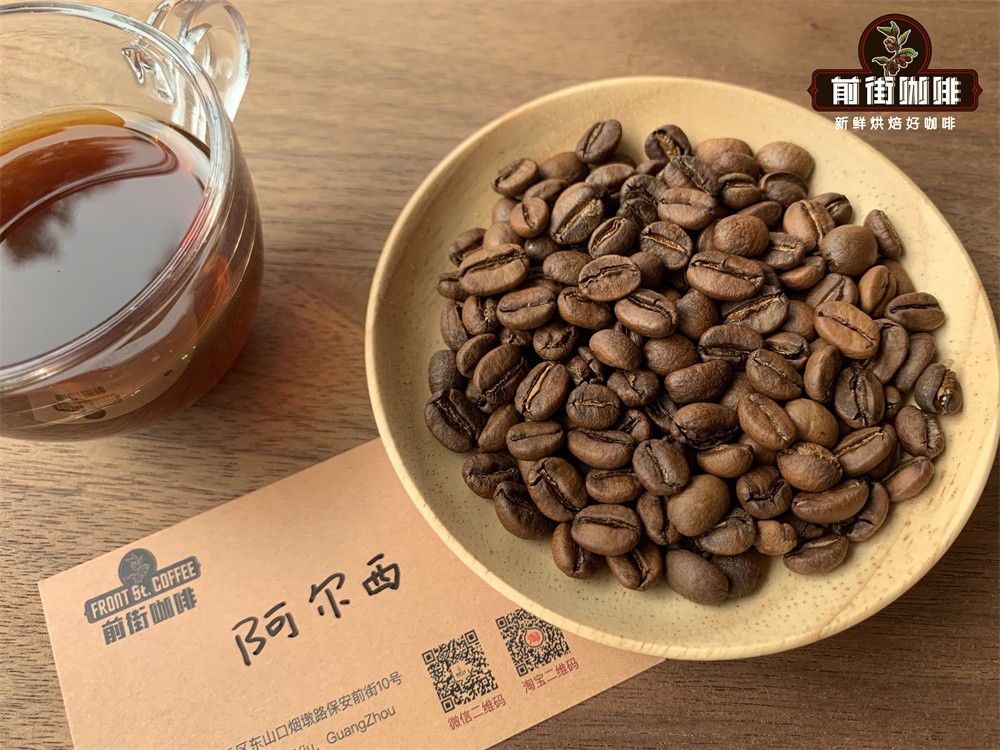
The flavor of coffee in different producing areas of Ethiopia is different, for example, the flavor of coffee is different in different producing areas, such as Yega Sheffield water washing Cochel, Yejasuefi sun red cherry, Yega Sherfi sunburn cherry, Sidamo sunburn Fakui, Sidamo water washing Cochel, Yejasefi Rose Village Sun Red label, Yega Xuefei Rose Village Sun Gold Standard, Yega Xuefei Water washing Fruit Ding Ding, etc., the flavor of each bean is different, but the coffee from Ethiopia is mainly floral and sour. Now friends who like coffee have fallen in love with this kind of fresh flower and fruit tea coffee!
Professional coffee knowledge exchange more coffee bean information please follow the coffee workshop (Wechat official account cafe_style)
For more boutique coffee beans, please add private Qianjie coffee on Wechat. WeChat account: qjcoffeex
Important Notice :
前街咖啡 FrontStreet Coffee has moved to new addredd:
FrontStreet Coffee Address: 315,Donghua East Road,GuangZhou
Tel:020 38364473
- Prev
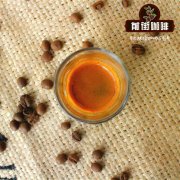
Macchiato coffee taste and macchiato coffee characteristics
https://www.gafei.com/maqiyaduokafei/ Professional barista exchange, please pay attention to coffee workshop (Weixin Official Accounts cafe_style) Maqiya Duo coffee Maqiya Duo coffee in Italian espresso without whipped cream, milk, only add two tablespoons of dense soft milk foam is a cup of Maqiya Duo. Unlike Kang Baolan, if you want to enjoy the delicious taste of Ma Qiya Duo, you must
- Next

What are the characteristics of Sidamo Coffee beans? flavor description of Sidamo Flower Kui Coffee beans
The exchange of professional baristas please pay attention to the coffee washed in the coffee workshop (Wechat official account cafe_style). The coffee flavor is not easy to have wild flavor, and has the characteristics of purity and freshness, which is suitable for the roasting degree of City to FullCity. Some Ethiopian water-washed coffee with excellent nature.
Related
- Detailed explanation of Jadeite planting Land in Panamanian Jadeite Manor introduction to the grading system of Jadeite competitive bidding, Red bid, Green bid and Rose Summer
- Story of Coffee planting in Brenka region of Costa Rica Stonehenge Manor anaerobic heavy honey treatment of flavor mouth
- What's on the barrel of Blue Mountain Coffee beans?
- Can American coffee also pull flowers? How to use hot American style to pull out a good-looking pattern?
- Can you make a cold extract with coffee beans? What is the right proportion for cold-extracted coffee formula?
- Indonesian PWN Gold Mandrine Coffee Origin Features Flavor How to Chong? Mandolin coffee is American.
- A brief introduction to the flavor characteristics of Brazilian yellow bourbon coffee beans
- What is the effect of different water quality on the flavor of cold-extracted coffee? What kind of water is best for brewing coffee?
- Why do you think of Rose Summer whenever you mention Panamanian coffee?
- Introduction to the characteristics of authentic blue mountain coffee bean producing areas? What is the CIB Coffee Authority in Jamaica?

